Learn about the essential nursing care plans and nursing diagnosis for the nursing management of potassium (K) imbalances: hypokalemia and hyperkalemia. Discover the causes, symptoms, and treatments for these electrolyte imbalances.
Electrolyte Imbalances
Electrolytes regulate nerve and muscle function, hydrate the body, balance blood acidity and pressure, and further rebuild damaged tissue. Sodium, calcium, potassium, chloride, phosphate, and magnesium are all electrolytes. When these substances become imbalanced, it can lead to either muscle weakness or excessive contraction.
Electrolyte imbalance can occur due to several factors. Various disorders and their corresponding treatments may put the patient at risk for imbalances in serum electrolyte concentrations. Patients experiencing congestive heart failure frequently end up with rebound hospitalizations due to irregular sodium and potassium levels. Diabetes and hypertension may eventually place a patient in a calcium or magnesium imbalance. Electrolyte losses may occur from draining wounds and fistulas, particularly gastrointestinal fistulas. Irregularities in sodium and chloride concentrations happen frequently in situations associated with fluid imbalances, primarily gastrointestinal fluid losses such as vomiting, diarrhea, or suctioning.
Changes in the secretion of antidiuretic hormone and aldosterone can contribute to sodium imbalances. Patients receiving diuretics may be at risk for potassium imbalances. Thyroid and parathyroid problems place the patient at risk for calcium imbalances. Magnesium imbalances often occur in the same situations as calcium and potassium imbalances.
Electrolytes are vital for the normal functioning of the human body. A proper understanding of these imbalances is essential for current management and future prevention. This care plan and nurse study guide focus on sodium, potassium, calcium, and magnesium imbalances.
Potassium (K) Imbalances: Hyperkalemia and Hypokalemia
Potassium (K) is a major cation in intracellular fluid (ICF). Potassium is important in regulating the osmolarity of ECF by exchanging it with sodium. It also maintains the transmembrane electrical potential that exists between the ICF and ECF. Potassium also maintains normal neuromuscular contraction by participation in the sodium-potassium pump.
The normal serum potassium concentration ranges from 3.5 to 5.0 mEq/L.
- Hyperkalemia is defined as a serum potassium level above 5.0 mEq/L.
- Hypokalemia is defined as a serum potassium level below 3.5 mEq/L.
Nursing Care Plans
The goal of nursing care is to restore and maintain normal potassium levels through monitoring and appropriate interventions.
Here are two nursing diagnosis for hyperkalemia and hypokalemia nursing care plans:
Hyperkalemia: Risk For Electrolyte Imbalance
Hyperkalemia, an elevated level of potassium in the blood, can occur in patients with renal disease due to the kidneys’ reduced ability to excrete potassium, and in patients who have received massive blood transfusions due to the release of potassium from stored blood cells. Treatment-related side effects, such as certain medications or chemotherapy, can also contribute to hyperkalemia by altering potassium levels in the body, leading to a risk for electrolyte imbalance.
Nursing Diagnosis
- Risk for Electrolyte Imbalance
May be related to
- Renal disease.
- Treatment-related side effects such as cytotoxic drugs, NSAIDs, diuretics, potassium-containing medications, and massive transfusion with banked blood.
Possibly evidenced by
- Not applicable. A risk diagnosis is not evidenced by signs and symptoms, as the problem has not occurred and nursing interventions are directed at prevention.
Desired Outcomes
- The client will display heart rate, blood pressure, and laboratory results within the normal limit and absence of paresthesia, muscle weakness, and cognitive impairment.
Nursing Assessment and Rationales
Nursing assessment for hyperkalemia patients focuses on monitoring for signs and symptoms of life-threatening cardiac dysrhythmias, as well as identifying and addressing the underlying cause of hyperkalemia.
1. Monitor heart rate and rhythm. Be aware that cardiac arrest can occur.
Potassium excess depresses myocardial conduction. Bradycardia can progress to cardiac fibrillation and arrest.
2. Monitor respiratory rate and depth. Encourage deep breathing and coughing exercise. Elevate the head of the bed.
Clients may hypoventilate and retain carbon dioxide resulting in respiratory acidosis. Muscular weakness can affect respiratory muscles and lead to respiratory complications.
3. Assess the level of consciousness and neuromuscular function, including sensation, strength, and movement.
The client is usually conscious and alert; however, muscular paresthesia, weakness, and flaccid paralysis may occur.
4. Monitor urine output.
In kidney failure, potassium is retained because of improper excretion. Potassium is contraindicated if oliguria or anuria is present.
5. Identify the client at risk or the cause of the hyperkalemia such as excessive intake of potassium or decreased excretion.
Early identification and intervention can avoid complications.
6. Monitor laboratory results, such as serum potassium and arterial blood gases, as indicated.
Evaluate therapy needs and effectiveness.
Electrolytes regulate nerve and muscle function, hydrate the body, balance blood acidity and pressure, and further rebuild damaged tissue. Sodium, calcium, potassium, chloride, phosphate, and magnesium are all electrolytes. When these substances become imbalanced, it can lead to either muscle weakness or excessive contraction.
Electrolyte imbalance can occur due to several factors. Various disorders and their corresponding treatments may put the patient at risk for imbalances in serum electrolyte concentrations. Patients experiencing congestive heart failure frequently end up with rebound hospitalizations due to irregular sodium and potassium levels. Diabetes and hypertension may eventually place a patient in a calcium or magnesium imbalance. Electrolyte losses may occur from draining wounds and fistulas, particularly gastrointestinal fistulas. Irregularities in sodium and chloride concentrations happen frequently in situations associated with fluid imbalances, primarily gastrointestinal fluid losses such as vomiting, diarrhea, or suctioning.
Changes in the secretion of antidiuretic hormone and aldosterone can contribute to sodium imbalances. Patients receiving diuretics may be at risk for potassium imbalances. Thyroid and parathyroid problems place the patient at risk for calcium imbalances. Magnesium imbalances often occur in the same situations as calcium and potassium imbalances.
Electrolytes are vital for the normal functioning of the human body. A proper understanding of these imbalances is essential for current management and future prevention. This care plan and nurse study guide focus on sodium, potassium, calcium, and magnesium imbalances.
Nursing Interventions and Rationales
Nursing interventions for hyperkalemia patients aim to prevent life-threatening cardiac dysrhythmias by reducing serum potassium levels through a combination of medication administration, dietary management, and monitoring. Here are some nursing interventions for patients with hyperkalemia:
1. Encourage frequent rest periods; assist with daily activities, as indicated.
General muscle weakness decreases activity tolerance.
2. Stress the importance of the client’s notifying future caregivers when a chronic condition potentiates the development of hyperkalemia, such as oliguric renal failure.
May help prevent hyperkalemia recurrences.
3. Teach and assist the client with range-of-motion (ROM) exercises, as tolerated.
Improves muscle tone and reduces muscle cramps and pain.
4. Encourage intake of carbohydrates and fats and low potassium food such as pineapple, plums, strawberries, carrots, cauliflower, corn, and whole grains.
Reduces exogenous sources of potassium and prevents metabolic tissue breakdown with the release of cellular potassium.
5. Instruct the client in the use of potassium-containing salts or salt substitutes, and taking potassium supplements safely.
Prevention of hyperkalemia can be managed with diet, supplements, and other medications.
6. Identify and discontinue dietary sources of potassium, such as beans, dark leafy greens, potatoes, squash, yogurt, fish, avocados, mushrooms, and bananas.
Facilitates the reduction of potassium levels and may prevent the recurrence of hyperkalemia.
7. Review drug regimen for medications containing potassium or affecting potassium excretion such as spironolactone (Aldactone), hydrochlorothiazide (Maxzide), amiloride (Midamor), and penicillin G.
Requires regular monitoring of potassium levels and may require alternate drug choices or changes in the dosage or frequency.
8. Administer medications, as indicated:
- 8.1. Loop diuretics such as furosemide (Lasix)
Promotes renal clearance and potassium excretion.
- 8.2. Beta-adrenergic agonist such as albuterol (Proventil)
The administration of nebulization has been helpful in clients receiving hemodialysis and may also attenuate the hypoglycemic effect of insulin administration.
- 8.3. Calcium gluconate or calcium chloride
A temporary stopgap measure that antagonizes toxic potassium depressant effects on the heart and stimulates cardiac contractility.
- 8.4. IV glucose with insulin and sodium bicarbonate
Short-term emergency measures to move potassium into the cell, thus reducing toxic serum levels.
- 8.5. Sodium polystyrene sulfonate (Kayexalate, SPS suspension), given per NGT, orally, or rectally
Resin removes potassium by exchanging potassium for sodium or calcium in the GI tract. Sorbitol enhances evacuation.
9. Provide fresh blood or washed red blood cells (RBCs), if transfusion is indicated.
Fresh blood has less potassium than banked blood because the breakdown of older RBCs releases potassium.
10. Infuse potassium-based medication or solutions slowly.
Prevents administration of concentrated bolus, allows time for kidneys to clear excess free potassium.
11. Prepare for and assist with dialysis.
May be required when more conservative methods fail or are contraindicated such as severe heart failure.
. Supply balanced electrolyte IV solutions as directed.
Lactated Ringer’s solution has an electrolyte concentration similar to that of extracellular fluid. Isotonic saline (0.9% sodium chloride) may contribute to hypernatremia if used for a long period of time. Extreme use of sodium-free IV solutions (e.g., D5W) puts the patient at risk for hyponatremia.
2. Administer electrolyte replacements as prescribed.
Oral or IV administration of electrolytes may be prescribed to keep electrolyte balance for patients at risk for imbalances.
3. Consider measures to reduce excess electrolytes.
Hyperkalemia is common in patients with end-stage renal disease and may result in serious electrocardiographic abnormalities. Dialysis is the definitive treatment of hyperkalemia in these patients. Intravenous calcium is used to stabilize the myocardium. Kayexalate may be indicated to patients at risk for electrolyte excesses such as potassium.
4. Irrigate nasogastric tubes with isotonic saline, as prescribed.
Irrigation of nasogastric tubes with plain water produces electrolyte losses. Plain water attracts electrolytes from mucosal tissue into the stomach, where they are eliminated with suctioning.
5. Educate the patient about dietary sources of electrolytes.
Electrolytes are salts and minerals, like sodium, potassium, calcium, magnesium, and chloride, in the body that maintain fluid balance and blood pressure. A balanced diet provides the patient with sources of electrolytes to prevent imbalances. Milk, yogurt, dark green, leafy vegetables, and legumes are excellent sources of electrolyte calcium. Whole grains, nuts, fruits, and vegetables are good sources of magnesium and potassium. Bananas are known to be the king of all potassium-containing fruits and veggies. Vitamin D is needed for the absorption of calcium from the intestines.
- 5.1. Sodium: dill pickles, table salt, tomato juices, sauces, and soups.
- 5.2. Potassium: potatoes with skin, beans, orange juices, plain yogurt, and banana.
- 5.3. Calcium: yogurt, milk, ricotta, collard greens, spinach, kale, and sardines.
- 5.4. Chloride: tomato juices, table salt, seaweed, celery, olives, rye bread, and lettuce.
- 5.5. Magnesium: leafy green vegetables, halibut, almonds, cashews, pumpkin seeds, sunflower, whole grains, legumes, lentils, chickpeas, and fatty fish.
6. Educate the patient about dietary sources of sodium and the use of salt substitutes.
Patients need to learn to read labels to identify all sources of sodium in foods. Changing from table salt to a potassium-based salt substitute is another way to shift your sodium-potassium balance, and some preliminary study implies that making this switch may have benefits for the heart. But these potassium-based salt substitutes are not for everyone: Excess potassium can be fatal for people who have kidney disease or who are taking medications that can increase potassium levels in the bloodstream.
7. Educate the patient using potassium-wasting about potassium replacements.
To prevent hypokalemia, the patient needs to understand the importance of potassium replacements that include dietary sources and prescribed oral replacements such as potassium chloride (KCl).
8. Educate the patient about limiting the use of over-the-counter antacids and laxatives.
Excessive use of antacids that contain magnesium has a laxative effect that may cause diarrhea, and in patients with renal failure, they may cause increased magnesium levels in the blood, because of the reduced ability of the kidneys to eliminate magnesium from the body in the urine.
Hypokalemia: Risk For Electrolyte Imbalance
Hypokalemia, a low level of potassium in the blood, can occur in patients due to various reasons such as diarrhea and vomiting, diabetic acidosis, renal failure, high sodium diet, and treatment-related side effects. These conditions can lead to a loss of potassium from the body, reduced potassium intake or absorption, or shifts of potassium from the extracellular fluid into the cells, leading to a risk of electrolyte imbalance.
Nursing Diagnosis
- Risk for Electrolyte Imbalance
May be related to
- Diarrhea, vomiting.
- Diabetic acidosis, renal failure.
- High-sodium diet, starvation.
- Profuse sweating.
- Treatment-related side effects such as diuretics, TPN, and some antibiotics.
Possibly evidenced by
- Not applicable. A risk diagnosis is not evidenced by signs and symptoms, as the problem has not occurred and nursing interventions are directed at prevention.
Desired Outcomes
- The client will display heart rhythm and laboratory results within the normal limit for the client and the absence of paresthesias, muscle weakness, and cognitive impairment.
Nursing Assessment and Rationales
Nursing assessment plays a pivotal role in identifying patients with hypokalemia, an electrolyte disturbance that can result in critical complications. A thorough nursing assessment of risk factors, clinical presentation, and diagnostic tests is necessary to determine appropriate interventions for managing hypokalemia.
1. Monitor respiratory rate, depth, and effort. Encourage deep breathing and coughing exercise. Encouraged frequent re-positions.
Respiratory muscle weakness may progress to paralysis leading to respiratory arrest.
2. Monitor heart rate and rhythm.
Abnormalities in heart conduction and contractility are associated with hypokalemia. Tachycardia may develop as well as potentially life-threatening atrial and ventricular dysrhythmias–AV blocks, AV dissociation, ventricular tachycardia, and PVCs.
3. Note for signs of metabolic alkalosis such as tachycardia, dysrhythmias, hypoventilation, tetany, and changes in mentation.
These are usually associated with hypokalemia.
4. Monitor the level of consciousness and neuromuscular function, noting movement, strength, and sensation.
Tetany, paresthesia, apathy, drowsiness, irritability, and coma may occur.
5. Monitor gastric, urinary, and wound losses accurately.
Guide for calculating fluid and potassium replacement needs. Potassium should only be administered to patients with good urinary flow as it is primarily eliminated from the body through the kidneys; if a patient has decreased kidney function or impaired urinary flow, administering potassium can lead to a buildup of potassium in the bloodstream, which can result in life-threatening complications such as cardiac arrhythmias, muscle weakness, and paralysis. Therefore, it is important to assess the patient’s urinary output before administering potassium and to monitor their potassium levels closely during and after administration to prevent these adverse events.
6. Observe for absence or changes in bowel sounds.
Paralytic ileus commonly follows gastric losses through vomiting, gastric suction, or protracted diarrhea.
7. Observe for signs of digoxin toxicity when used: reports of blurred vision, vomiting, nausea, increasing atrial dysrhythmias, and heart block.
Hypokalemia enhances the effect of digoxin, slowing cardiac conduction.
8. Monitor laboratory results as indicated.
- 8.1. Arterial blood gasses (ABGs)
Correction of metabolic alkalosis raises serum potassium levels and decreased replacement needs. Correction of acidosis drives potassium back into the cells, resulting in reduced serum levels and increased replacement needs.
- 8.2. Serum potassium
Frequent regular checking of serum potassium should be done during replacement therapy, especially in the presence of insufficient renal function.
Nursing Interventions and Rationales
Hypokalemia, characterized by serum potassium level less than 3.5 mEq/L, can lead to significant complications if not appropriately managed. Effective nursing interventions are crucial for the prompt identification, treatment, and prevention of this electrolyte imbalance.
1. Discuss preventable causes of the condition such as nutritional choices and the proper use of laxatives.
Provides an opportunity for the client to prevent a recurrence. In addition, dietary control is more palatable than oral replacement medications.
2. Encourage high potassium diets such as oranges, bananas, tomatoes, coffee, red meat, and dried fruits. Discuss the use of potassium chloride salt substitutes for a client receiving long-term diuretics.
Potassium may be replaced and level maintained through the diet when the client is allowed oral food and fluids. Dietary replacement of 40 to 60 mEq/L/day is usually sufficient if no abnormal losses are happening.
3. Monitor the rate of IV potassium administration using a micro drop set or infusion pump. Observe for side effects, and provide an ice pack, as indicated.
Ensures controlled delivery of medication to prevent bolus effect and reduce associated discomfort such as burning sensation at the IV site. When a solution cannot be administered via the central vein and slowing of rate is not possible or effective, applying an ice pack to the infusion site may help relieve discomfort.
4. Review medication regimen for potassium-wasting drugs such as amphotericin B (Fungizone), catecholamines IV, carbenicillin (Geocillin), furosemide (Lasix), gentamicin (Garamycin), and hydrochlorothiazide (Diamox)
If alternative drugs such as potassium-sparing diuretics (e.g., Aldactone, Midamor) cannot be administered or when high-dose sodium drugs are administered (e.g., carbenicillin), close monitoring and replacement of potassium are important.
5. Administer potassium orally or intravenously.
May be required to correct deficiencies when changes in medication, therapy, and dietary intake are inadequate. IV (intravenous) potassium can be a lifesaving treatment for patients with low potassium levels; however, if administered incorrectly or in excessive doses, it can lead to serious complications such as cardiac arrest, arrhythmias, and tissue damage. Therefore, it is important to closely monitor potassium levels and administer IV potassium according to established guidelines and under the supervision of a healthcare professional.
Recommended Resources
Recommended nursing diagnosis and nursing care plan books and resources.
Disclosure: Included below are affiliate links from Amazon at no additional cost from you. We may earn a small commission from your purchase. For more information, check out our privacy policy.
Ackley and Ladwig’s Nursing Diagnosis Handbook: An Evidence-Based Guide to Planning Care
We love this book because of its evidence-based approach to nursing interventions. This care plan handbook uses an easy, three-step system to guide you through client assessment, nursing diagnosis, and care planning. Includes step-by-step instructions showing how to implement care and evaluate outcomes, and help you build skills in diagnostic reasoning and critical thinking.

Nursing Care Plans – Nursing Diagnosis & Intervention (10th Edition)
Includes over two hundred care plans that reflect the most recent evidence-based guidelines. New to this edition are ICNP diagnoses, care plans on LGBTQ health issues, and on electrolytes and acid-base balance.

Nurse’s Pocket Guide: Diagnoses, Prioritized Interventions, and Rationales
Quick-reference tool includes all you need to identify the correct diagnoses for efficient patient care planning. The sixteenth edition includes the most recent nursing diagnoses and interventions and an alphabetized listing of nursing diagnoses covering more than 400 disorders.

Nursing Diagnosis Manual: Planning, Individualizing, and Documenting Client Care
Identify interventions to plan, individualize, and document care for more than 800 diseases and disorders. Only in the Nursing Diagnosis Manual will you find for each diagnosis subjectively and objectively – sample clinical applications, prioritized action/interventions with rationales – a documentation section, and much more!

All-in-One Nursing Care Planning Resource – E-Book: Medical-Surgical, Pediatric, Maternity, and Psychiatric-Mental Health
Includes over 100 care plans for medical-surgical, maternity/OB, pediatrics, and psychiatric and mental health. Interprofessional “patient problems” focus familiarizes you with how to speak to patients.

See also
Other recommended site resources for this nursing care plan:
- Nursing Care Plans (NCP): Ultimate Guide and Database MUST READ!
Over 150+ nursing care plans for different diseases and conditions. Includes our easy-to-follow guide on how to create nursing care plans from scratch. - Nursing Diagnosis Guide and List: All You Need to Know to Master Diagnosing
Our comprehensive guide on how to create and write diagnostic labels. Includes detailed nursing care plan guides for common nursing diagnostic labels.
Other nursing care plans related to endocrine system and metabolism disorders:
- Acid-Base Balance
- Addison’s Disease | 3 Care Plans
- Cushing’s Disease | 6 Care Plans
- Diabetes Mellitus Type 1 (Juvenile Diabetes) | 4 Care Plans
- Diabetes Mellitus Type 2 | 20 Care Plans UPDATED!
- Diabetic Ketoacidosis (DKA) and Hyperglycemic Hyperosmolar Nonketotic Syndrome (HHNS) | 4 Care Plans
- Eating Disorders: Anorexia & Bulimia Nervosa | 7 Care Plans
- Fluid and Electrolyte Imbalances
- Gestational Diabetes Mellitus | 4 Care Plans
- Hyperthyroidism | 7 Care Plans
- Hypothyroidism | 3 Care Plans
- Obesity | 5 Care Plans
- Thyroidectomy | 5 Care Plans
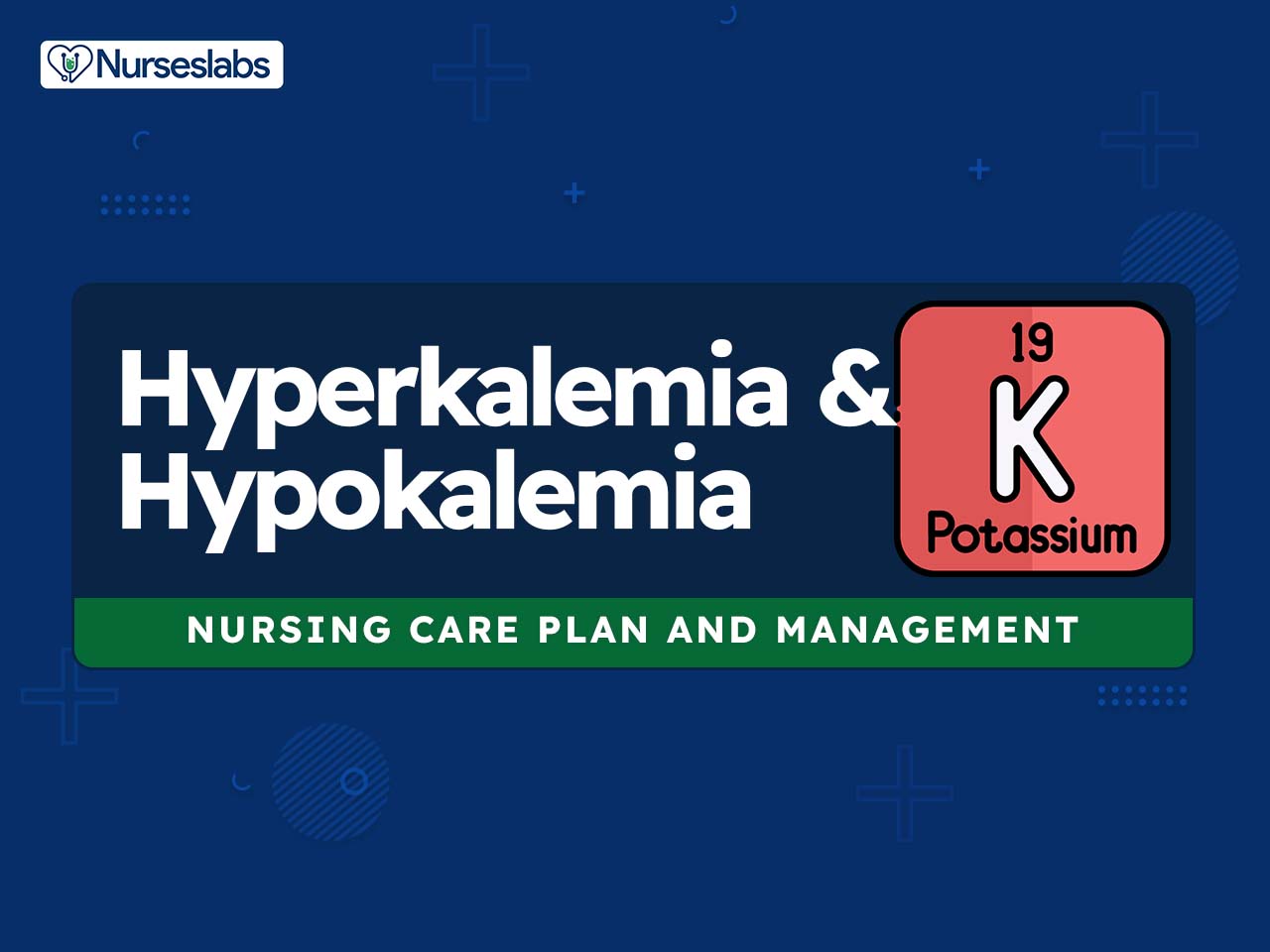

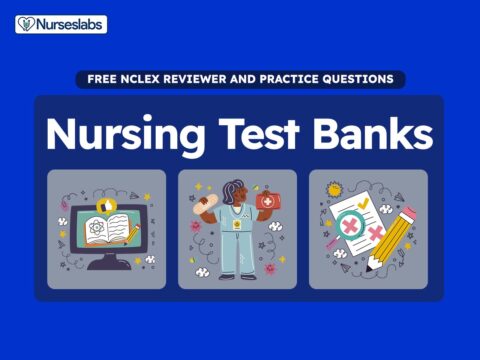





















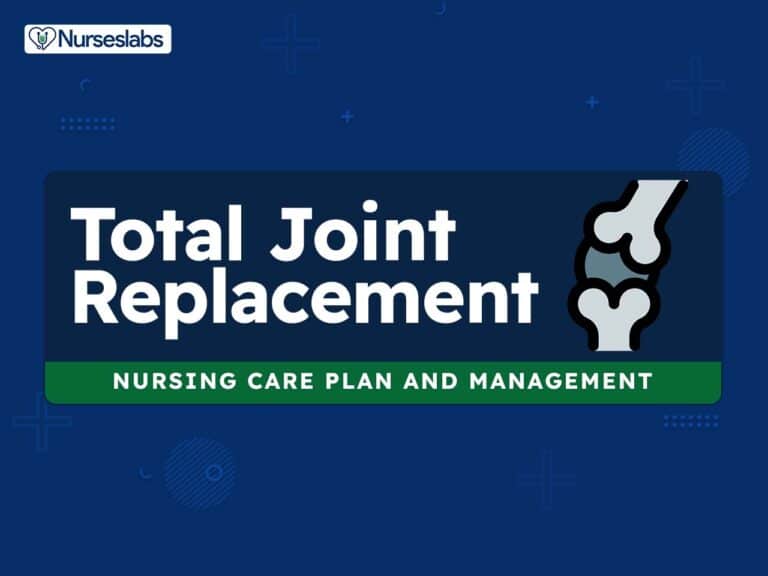

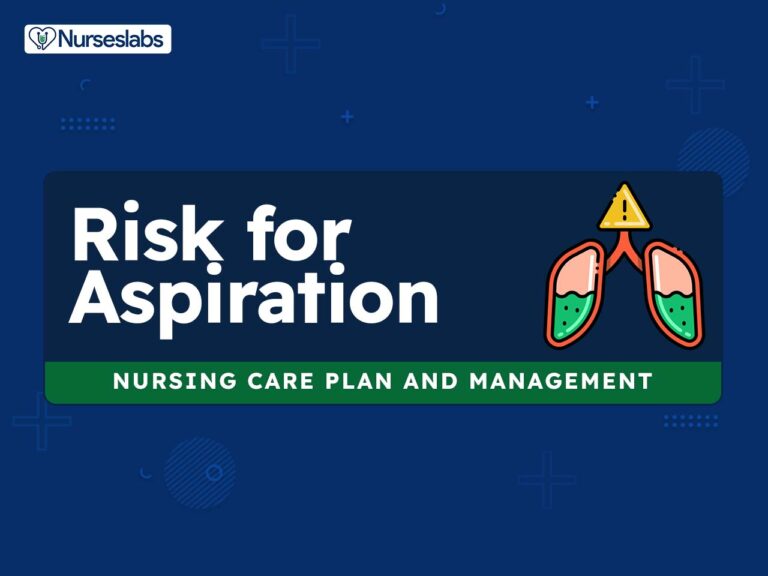
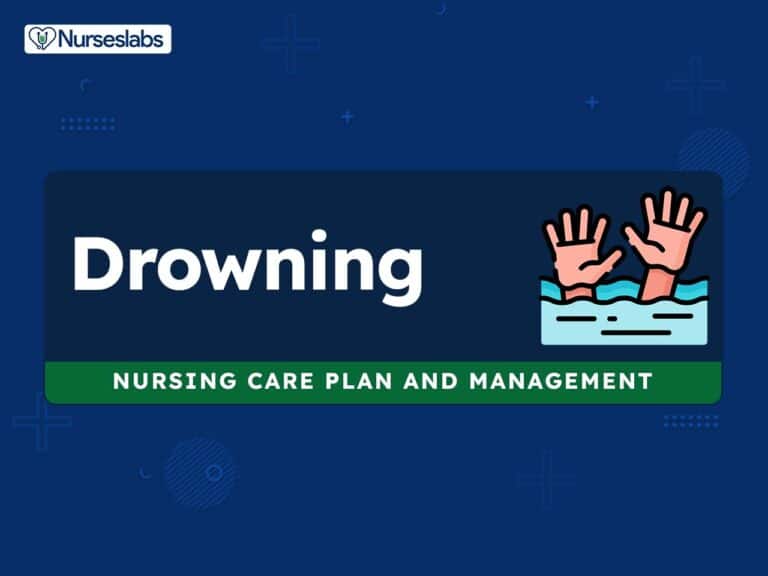
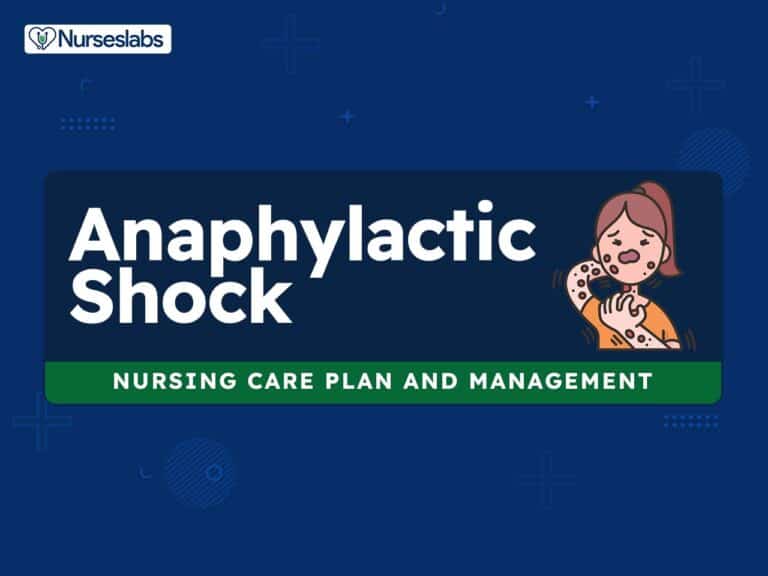
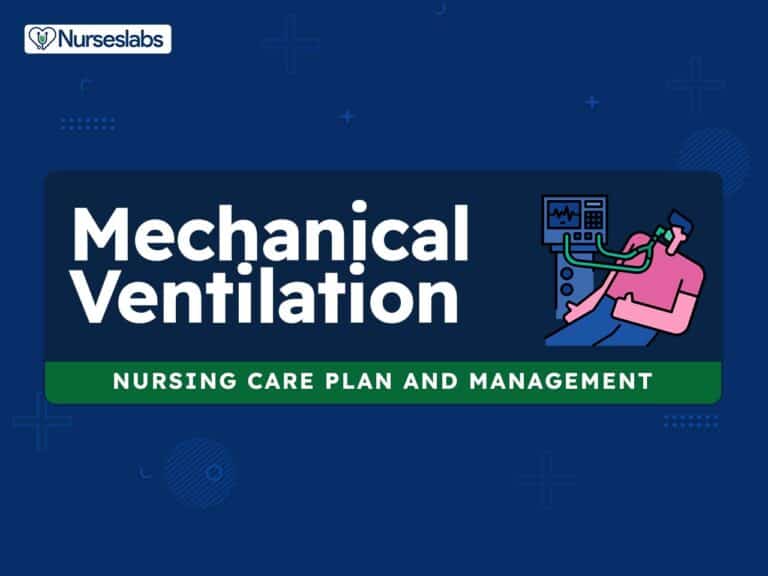

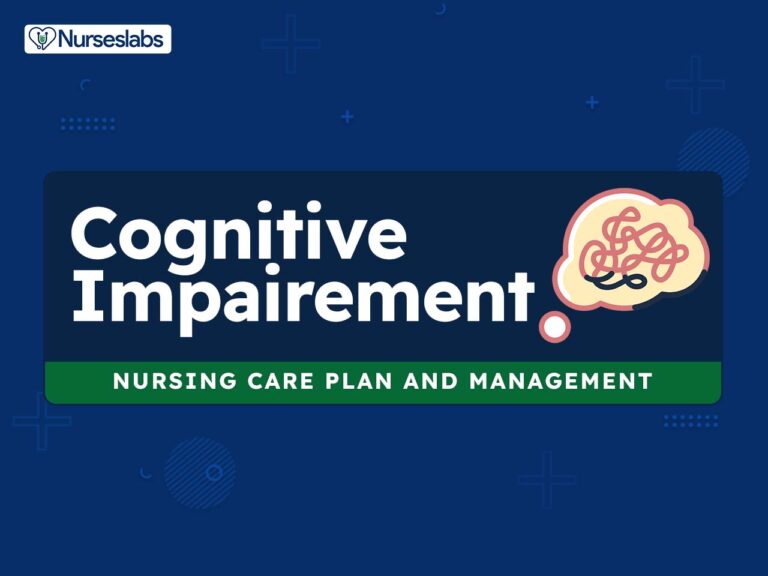
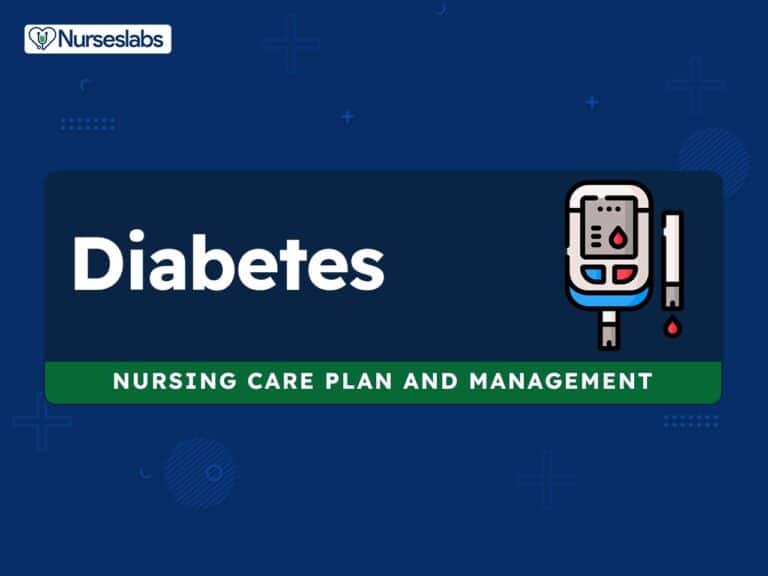


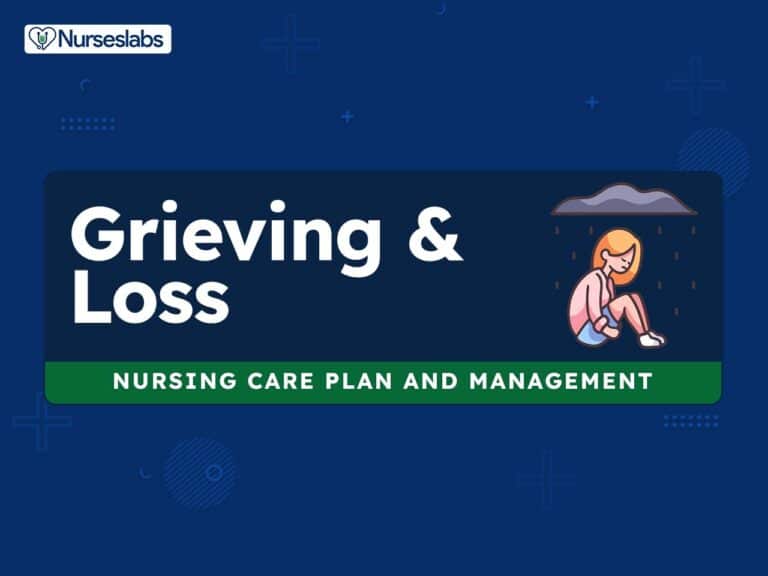
Leave a Comment